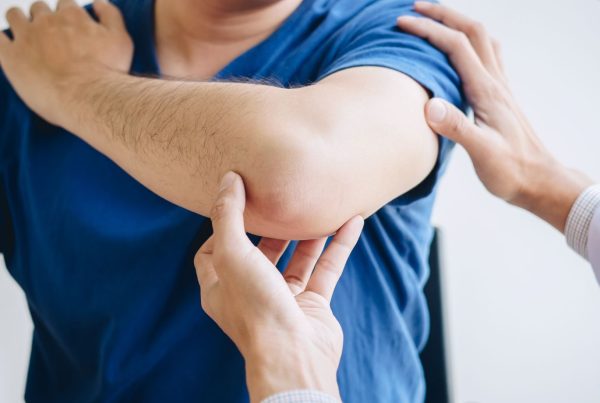Think vaping is a safe tool to help you kick your smoking habit? Not so fast. Here are five things you need to know about vaping and how you can quit your nicotine addiction.
The effects smoking has on our health are known far and wide. About 90% of all lung cancers are caused from smoking, and long-term smoking also increases the risk of chronic health conditions such as heart disease, high blood pressure and stroke.
For those looking to quit their addiction or lessen their chance of developing health complications, vaping from e-cigarettes may seem like a safer alternative to smoking. Not so fast, says Jerome West, Tobacco Prevention, Treatment and Research Manager at MetroHealth.
“There are no known health benefits to vaping,” he said.
Because e-cigarettes are relatively new, doctors and researchers don’t fully understand the long-term outcomes vaping may have on our bodies, but the damage they’re beginning to see in the short term is alarming.
To clear the air, here are five things you need to know about vaping and how you can quit your nicotine addiction.
Click the tabs below to read more.
What is vaping?
Unlike smoking, in which a user inhales smoke from burning tobacco, vaping is when a battery-powered device creates an aerosol that delivers nicotine and other chemicals to the bloodstream when inhaled. The devices used for vaping can go by many names, but they’re often referred to as e-cigarettes, e-cigs, vapes, mods, e-hookahs, pens or electronic nicotine delivery systems. Some devices may look like a cigarette, while others may be similar in size and shape to a USB flash drive, digital recorder, pen or pod.
You are inhaling more than water vapor
While the aerosol may look like water vapor, it’s not. The e-liquid or “vape juice” used in the electronic devices contains nicotine and upward of 30 or more chemicals and flavorings.
Inside almost every electronic vaping device is a coil. When the e-liquid hits the heated coil, a vapor is formed which can be inhaled.
“The issue is that all of the chemicals and flavorings inside the of liquid become vaporized, too,” West said. “And now you’re inhaling a mix of potentially cancer-causing chemicals, heavy metals and volatile organic compounds.”
Vaping is not safer than smoking
Replacing smoke with vapor does not make it a safer way to consume nicotine. When someone inhales the e-juice vapor, they’re coating their lungs with potentially dangerous chemicals.
Coughing, wheezing, chest pain and shortness of breath are all known side effects of vaping, but other more serious complications are possible, too. Researchers have a found vaping to be the cause of bronchiolitis obliterans, commonly known as “popcorn lung,” and lipoid pneumonia, conditions from which it is difficult to fully recover.
Vaping is not a good choice for quitting smoking
“Because there are too many unknowns regarding long-term effects, I do not recommend vaping as an alternative to smoking,” West said. No matter how it’s consumed, nicotine remains a highly addictive stimulant that can slow development of the brain for infants, children and teens.
Nicotine withdrawal for adults can include a number of unpleasant physical and psychological symptoms, including but not limited to headaches, nausea, depression and fatigue.
Quitting is possible
It’s easy for smoking or vaping to become a habit that feels impossible to break. While nicotine is considered one of the most addictive stimulants, there are ways to become nicotine free.
“For those wanting to quit, they must be willing to get the help,” West said. “Everyone’s journey is different, so it’s important to commit to the process and understand that you may not be able to quit overnight.”
With a staff of compassionate nicotine addiction professionals providing evidence-based, individualized care, MetroHealth offers a variety of supportive nicotine and smoking cessation programs which can be utilized in person or by telemedicine. Individual counseling, group counseling, free nicotine replacement products and pharmacotherapy are just a few of the services our Nicotine Dependence Prevention and Treatment program provides.
Schedule An Appointment
If you’re ready to break your addiction, visit our website or call 216-778-3031.
Contributor
Jerome West, MA, MRE, OCPC, ICPS, LCDC III
Tobacco Prevention, Treatment, & Research Manager











